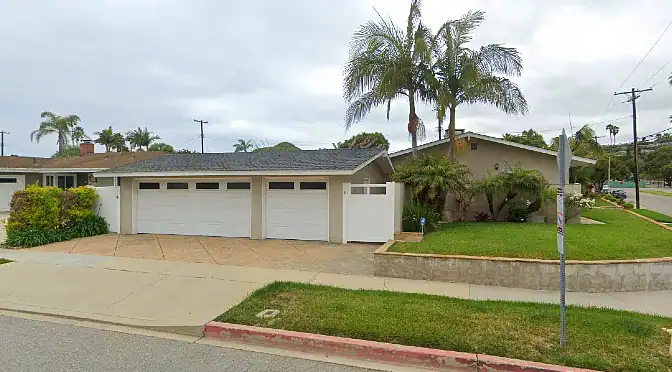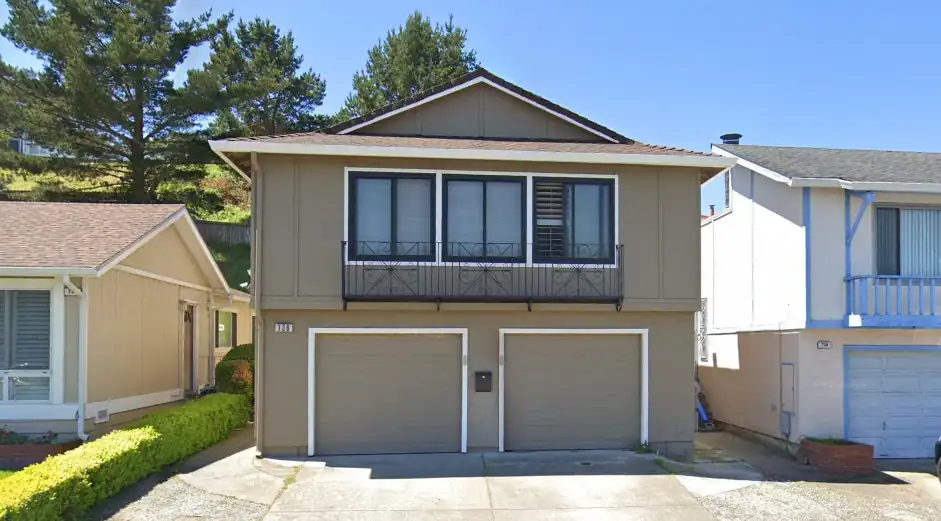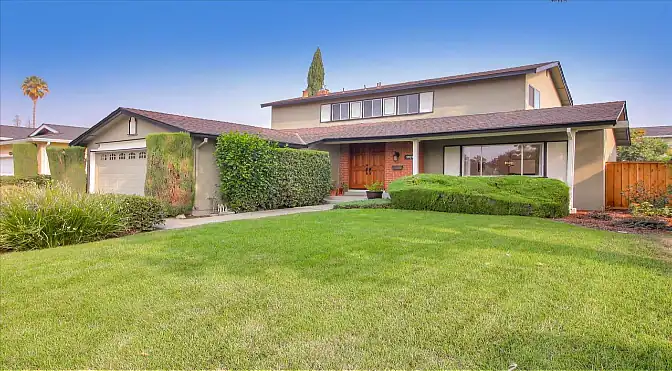
5 Steps: How to Buy an REO Property
What Is an REO Property?
An REO property, or real estate-owned property, refers to a property that is owned by a lender or government entity such as a bank or credit union, or entities like Fannie Mae or Freddie Mac. These properties are typically acquired by the lender or government entity when the borrower defaults on their loan and goes into foreclosure. In this situation the borrower can try to sell the property in order to pay off the outstanding loan balance but in a declining real estate market it may be difficult to find a buyer in time.
How Does a Property Become an REO Property?
A property becomes an REO property when the lender forecloses on the property but it does not sell at the foreclosure auction. After the failure to sell at auction, the lender becomes the owner of the property and lists it for sale as an REO property.
Additionally, a borrower in default may opt for a deed in lieu of foreclosure, which transfers ownership of the property to the lender instead of going through the foreclosure process.
If a homeowner passes away or has a reverse mortgage that becomes due, the property may also be transferred to the bank if the heirs can’t make arrangements to sell the property or refinance the reverse mortgage.
How to Find REO Properties
There are various ways to find REO properties available for sale:
- National bank websites: Many banks will list their current REO holdings on their website
- Smaller banks and regional lenders: Contact regional bank for REO listing information
- REO listing agents: Some real estate agents specialize in REO properties and work with banks and lenders to list their inventory
- Multiple Listing Service (MLS): REO properties are listed on the MLS
- Fannie Mae and Freddie Mac: Foreclosed properties backed by Fannie and Freddie that don’t sell at auction are eventually listed on their websites: at Fannie Mae’s HomePath and Freddie Mac’s HomeSteps
- Real estate listing sites: Sites such as Zillow, Redfin and Trulia show when a property has gone into default (preforeclosure). These specific properties are likely to go to auction and potentially become REO properties.
5 Steps on How to Buy an REO Property
Banks typically want to offload REO properties quickly in order to recover as much of their initial principal investment as possible. These properties may have cosmetic or substantial issues that scare away some buyers. This often results in listing the REO properties at reasonable prices or even below current market value.
1. Obtain Financing for REO Property
Having the right financing lined up and ready to go can be critical for securing an REO property. Some REO listings will accept traditional financing for the purchase while others will only accept cash or a hard money loan. A borrower has a higher likelihood of obtaining financing in the form of an REO mortgage from a private or hard money lender.
Cash is king and a cash offer will usually beat out any offer with traditional financing. An offer with hard money financing will be seen as much more competitive and some consider it be almost as good as cash.
It is not uncommon for REO properties to have issues that will prevent a traditional lender from providing financing. Possible issues may include missing flooring, not having a function kitchen or structural issues.
– Hard Money Loans for REO Properties
Flexibility and the speed of financing are significant reasons why REO listings often allow for hard money financing. Hard money loans for REO properties can be obtained even when the property is in need of significant repairs and funding can be completed in less than a week. Traditional loans can take 30 days or more.
It’s not uncommon for REO properties to have issues that will prevent a traditional lender from providing financing. Possible issues may include missing flooring, not having a function kitchen or structural issues. The hard money lender may require the borrower to contribute a larger down payment to reduce the risk associated with these property issues but they can still provide financing.
REO loans are short-term financing tools and typically have a term of 12 months. This should be plenty of time to make any necessary repairs to the property and refinance into a long-term loan (or sell the property in the case of a fix and flip).
2. Utilize an REO Specialist Real Estate Agent
It’s not necessary to have a real estate agent but they may be able to provide value for the REO property purchase. They can assist with identifying REO properties, writing offers and negotiating with the seller. The fee for the real estate agent is paid by the seller so there isn’t an additional cost involved for the buyer.
An experienced REO agent will be able to:
- Help identify REO properties
- Understand the process of working with the bank for REO sales
- Have experience with common issues associated with REO property
3. Submit an Offer
Once a suitable REO property has been identified, an offer needs to be submitted. Consider the recent trends in the local real estate market when deciding what price to offer. Is it a buyer’s market or a seller’s market? Is the market currently flooded with REO’s or is this the only one in the county? Too low of an offer won’t even be considered so submit something reasonable in order to start the negotiation.
4. Schedule a Home Inspection
Home inspections are critical for REO properties as the buyer needs to understand the current condition of the property. REO properties can have significant problems that may be costly to repair. They are often neglected, have deferred maintenance and may have been intentionally damaged by the previous owner. A home inspector can unearth problems that may have been previously overlooked. Since REO properties are sold as is, the cost of the repairs will be the responsibility of the buyer.
The buyer should also bring in a contractor to provide a bid for the work to be done. Getting an idea of the rough costs involved is crucial.
5. Close the Deal
After the purchase contract is accepted by both parties and the contingencies are met, escrow and the title insurance company will ensure everything is in place. The buyer submits their down payment (or all cash) and the lender wires the funding to escrow in order to close the transaction.
Pros & Cons of REO Properties
Buying an REO property may present an excellent opportunity for an investment or a primary residence but there are potential downsides to going this route.
Pros of REO Properties
– Motivated Sellers
- Once banks take back a piece of real estate through foreclosure, they don’t benefit from holding onto the property. It’s typically in their best interest to sell it as soon as possible. They are likely to work with a buyer who can promise a quick close with cash or a hard money financed offer. The bank should be open to negotiating if the buyer seems qualified and reasonable.
– Below Market Pricing
- Because the banks are motivated to get their REO properties sold, they are likely to price the properties lower than other local real estate listings to grab the attention of potential buyers. Many real estate investors agree that money isn’t made when real estate is sold, money is made when real estate is bought.
– Fewer Buyers Consider REOs
- REO properties have added complications that will prevent other buyers from considering them. Many buyers are looking for turnkey properties with easy financing options which isn’t as common with REO’s. Fewer competing buyers increases the likelihood of securing a property and getting a favorable price.
Cons of REO Properties
– REO Properties Typically Sold As-Is
- REO properties are usually sold as-is. Anything that needs fixing will need to be taken care of by the new owner. A home inspection and a bid from a contractor will help the potential buyer understand the costs necessary to make all the needed repairs.
– Difficult to Purchase with Traditional Financing
- Due to REO properties commonly needing significant repairs and banks wanting to sell their properties quickly without financing delays, traditional financing options are usually not an option for these transactions. Cash offers and offers with hard money financing may be the only options available.
Conclusion
Purchasing an REO property can be a great way to obtain real estate below market value but there are additional hurdles that must be navigated. Having access to cash or a reliable hard money lender can provide the needed funding to acquire a property quickly.
Potential buyers must be sure to work with experienced real estate professionals and service providers who can help guide them through the process, especially for the buyer’s first REO property purchase.
Recent Loans Funded by North Coast Financial
California REO Loan Request
We will contact you to review the loan scenario and provide a quote.




